Template Models for Bayesian Networks
PGM model by Daphe from stanford university based on MIT bibe
PGM week 2 started from December 11th, 2016. Professor Daphne, Koller mainly focused on description of template models and typical model definition.
1. Overview of template model
Motivation: to reuse commonality of different specific Bayesian Network. Taking Genetic inheritance as example, see Figure 1-1.

Figure 1, models with shared information Taking genetic inheritance as example, major commonalities include as follow:
- Share between models
Example: different family to share same "abstract" Bayesian Networks to avoid construct BN for each case - Share within models
Example: Gene to Blood probability reasoning pattern from parents to child
Other PGM applications:
- NLP Sequence Model
Example: PGM Model to predict words' property, B-LOC, L-LOC, etc. are independent with model in named entity recognition
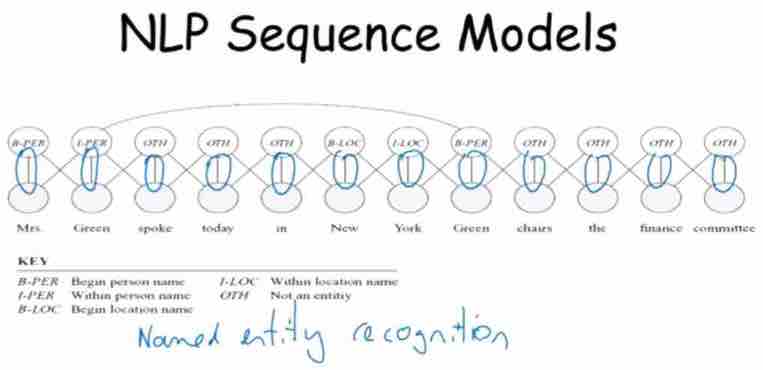
Figure 1-2, NLP model
- Image segmentation
Example:
- Category processing of superpixel algorithm could be abstractly shared logic
- Relationship processing of pair of superpixel Si->Sj algorithm could be shared for different image
- Shared across model between different images in abstract model
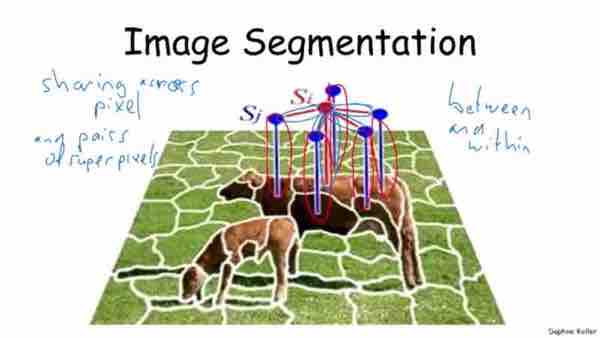
Figure 1-3, Image segmentation
- University grade prediction
Example:
- Shared structure for difficulty of course, intelligence of student, grade of student in course
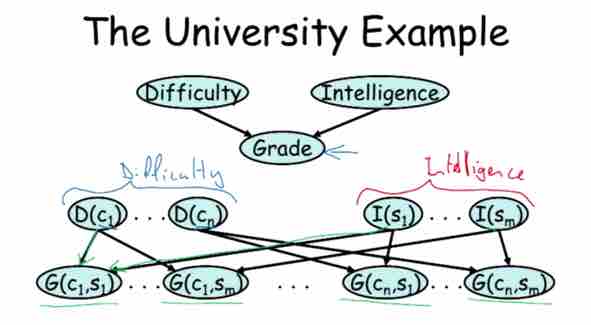
Figure 1-4, University Example 4. Robot localization prediction
Example:
- Position X(t) (position on time t) depends on previous position X(t-1) and control signal U(t-1)

Figure 1-5, Robot Localization Use Case
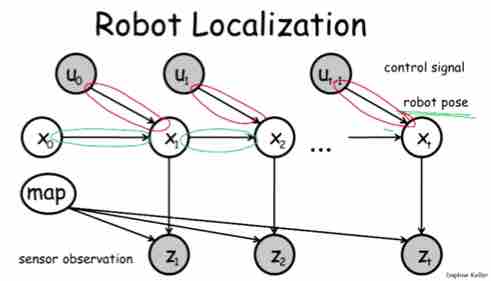
Figure 1-6, Robot Localization Model
Definition
- Template variables: $X(U_1,...,U_k)$ is instantiated by multiple times
- Template model: specify how variables(grand variable) inherits dependency model from template
2. Temporal model - DBNs
- Definition: temporal models evolved over time
- Distributions over trajectorises
- Pick time granularity - delta
- X(t) - variable X at time T(delta)
- X(t:t') = {X(t), ..., X(t')} (t<=t'), variables X(t) in t...t'
- Goal: want to represent P(X(t:t')) for any t, t' (predict trajectory between t and t')
Two assumptions of Temporal model
- Assumption 1: Markov assumption
Given $ (X_{t+1} \perp X_{0:t-1}) | X_t $, is the pre-condition true?
- if given more variables in same case: for instance, velocity speed, etc.
- by adding dependent vale in time, calling it semi-Markov
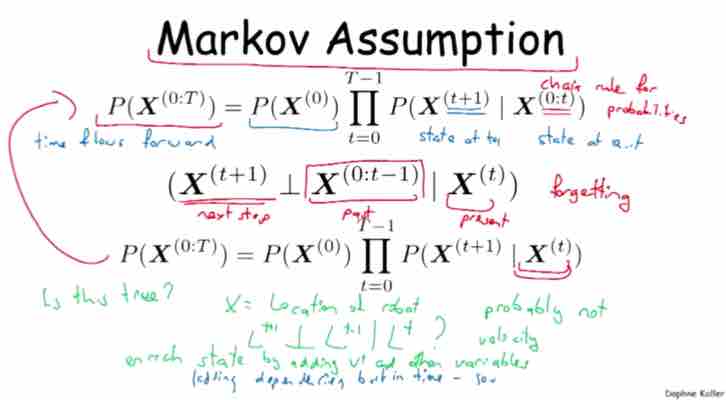
Figure 2-1, Markov Assumption 1

